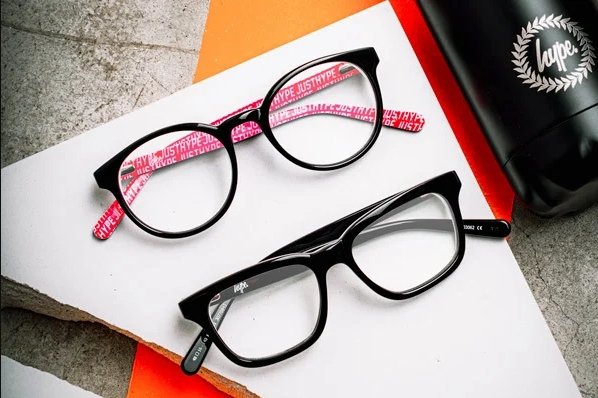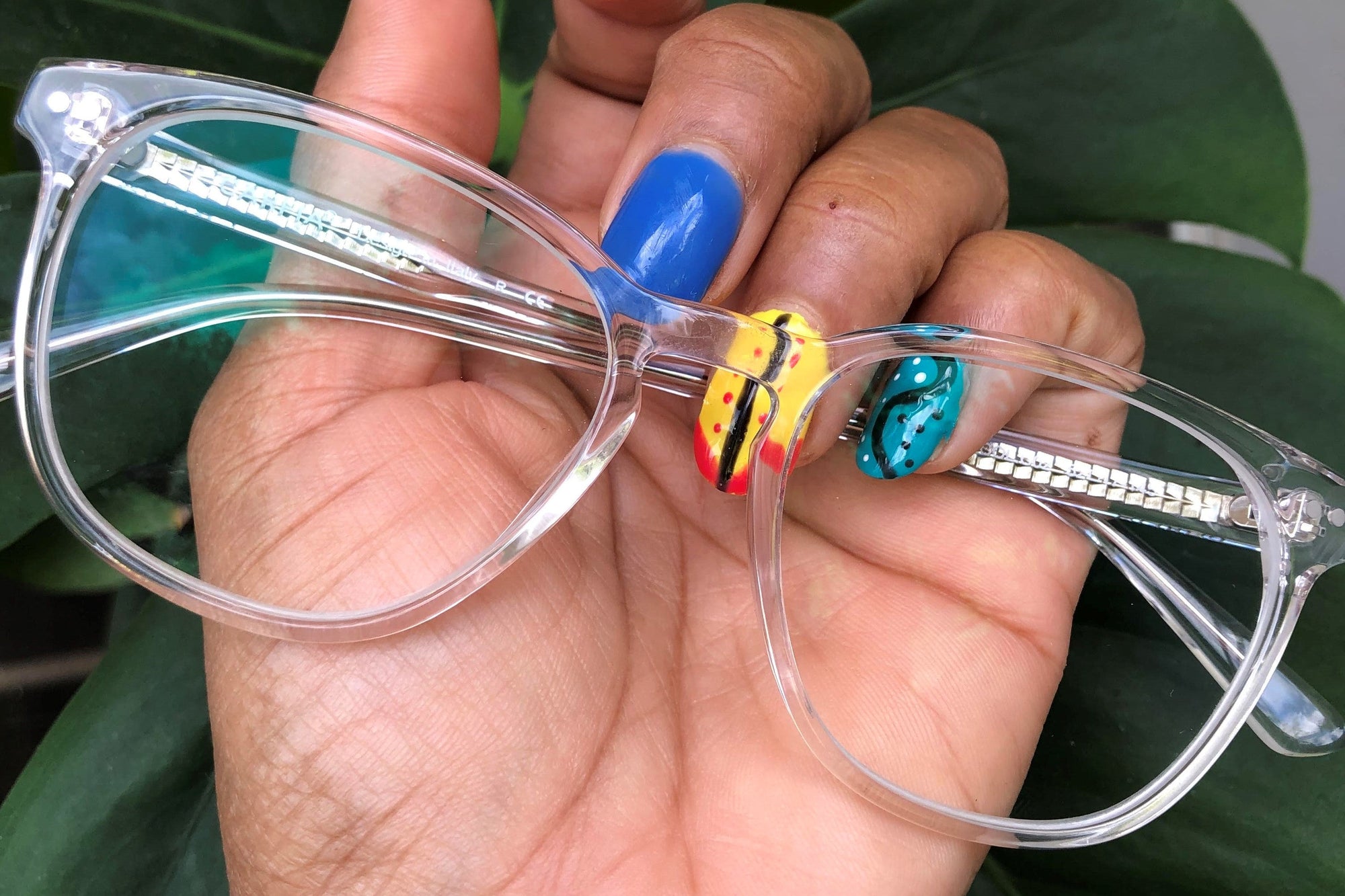The lens material
Lens material affects the effect of protecting our eyes, so we should choose the kind of driving glasses made of polarized lens, which can effectively reduce the dazzling lights, and can filter out the redundant lights. When used at night, the powerful light is softened and the vision is clearer, thus ensuring the safety of drivers and relieving eye fatigue. If you can, let the seller dim the light when you buy, feel the softness and clarity of the light after wearing the product.
The best frame is the one that suits you.
You can choose the full-frame, because the edge of the lens is relatively thick, which can block the thickness of the edge, so it is suitable for high myopia to choose. They can choose a smaller frame. The size of the eyeglass frame should match the pupil distance so that the edge thickness of the lens is thinner and they are more comfortable to wear. The size of the frame should be proportional to the size of the face. The upper edge of the frame should not be higher than the eyebrow and the eyebrow should not be visible in the lenses. The shape of the frame should match the face shape and skin tone to meet aesthetic requirements. Everyone's face size is different, so the smaller the frame is, the better, based on what fits you and what you like.
EyeBuyDirect Jungle
Wooden frames are becoming more and more popular. As a material, wood is lighter, and it provides warmth, both in appearance and on the skin. These frames stand out in a relaxed, natural way. They have dark stripes, black temple tips, and spring hinges.
Who need progressive lenses?
There is no limit to the degree of progressive multifocal lenses. Whether it is nearsightedness, presbyopia or moderate astigmatism, it can be worn, but not everyone can wear it. There are two types of progressive multifocal lenses on the market, one is hard and the other is soft. The main difference between the two designs is the length of the progressive channel. The rigidly designed progressive film has a short progressive path and relatively less peripheral aberrations. In order to ensure vision at various distances, fewer vertical dimensions are required. For example, a teenage progressive film belongs to this design, but because of its short gradual path, the gradation process is too short. Fast. Compared with the elderly, this design is more difficult to adapt; the soft design of the progressive film has a relatively long gradation channel and relatively large peripheral aberrations, but due to its long gradation channel, the gradation process is relatively smooth, which makes it easy to wear glasses It is suitable for people with poor adaptability.
If you are a person who is able and willing to accept new things, understand and adapt to the temporary discomfort caused by progressive addition lenses, we suggest that he can wear a pair, if he has severe hypertension, dizziness and other symptoms, or People who have misunderstandings about progressive lenses and are unwilling to adapt should not try them. Because you first wear progressive multifocal glasses, you may experience: slight dizziness, shaking when walking, and being careful when moving up the stairs.
The perception of space has changed, the perception of the distance of the object, and the perception of depth have changed. New wearers should not drive immediately and do strenuous exercise. When you look close, you need to turn your eyes down, and your eyes are mildly uncomfortable. Seeing an object through the blurred vision area around the lens makes the object blurred. Therefore, when new wearers look at things, turn their heads more, turn their eyes less, try to use the far-use zone, the near-use zone, and the middle-distance zone to see objects.
How Do Progressive Lenses Work?
So, how do progressive glasses work? Progressive lenses allow you to see at all distances with one pair of glasses. They start with your distance prescriptions at the top of the lens and increase as you move toward the bottom of the lens. You can move your head position to allow you to focus through different areas of the lens.
Move your head upwards to see something in the distance, and hold it straight for intermediate or arm’s length vision and down for near vision for objects that are close up. Apart from the aesthetic improvement of the lens without the line segments, progressive lenses avoid the visual discontinuity or image-jump when your eyes shift from one zone to the other in non-progressive multifocals.
The fabric of eyeglasses cloth
Ordinary fabric: They are only applicable to the surface that has been cleaned.Because the ordinary fabric has no space to accommodate dirt, the surface of the cloth will be very dirty, and difficult to wash clean.
Microfiber fabrics: They are used wet to emulsify dirt and oil, and the microfiber is easier to wipe off. It is highly absorbent, making it very quick to clean the spilled liquid.
Fine fiber double velvet fabric: It feels soft, gentle, with the plump texture, but more single velvet.
Suede fabric: The feel and appearance are quite like natural suede, fine and smooth, soft and plump, used to wipe glasses. It will be clean and won't scratch the lens.
Semi-rimless glasse with lightweight structure
Semi-rimless glasses are not heavy and thus very comfortable to wear even over a long period of time. The frame is used with less material and can reduce the weight of the glasses themselves so that the glasses are lighter. And they can reduce the pressure on our bridge of the nose, for our bridge of the nose, they can reduce a lot of burdens. Because they weigh less, they have a smooth and foldable style.











































